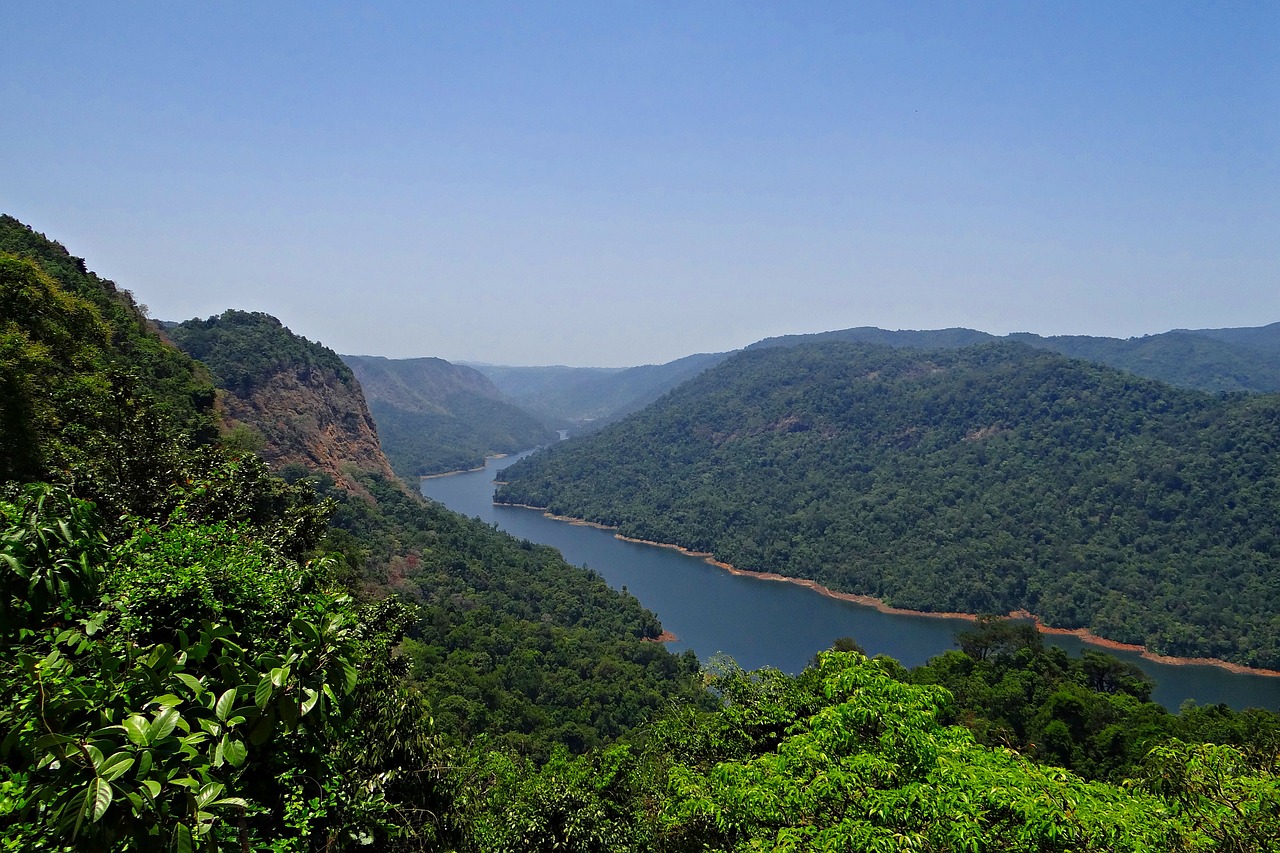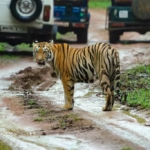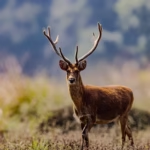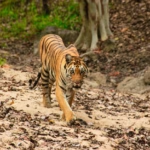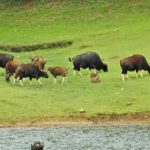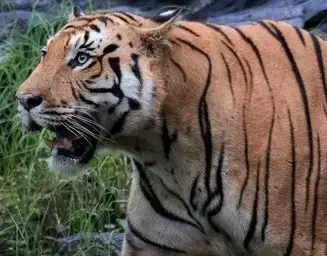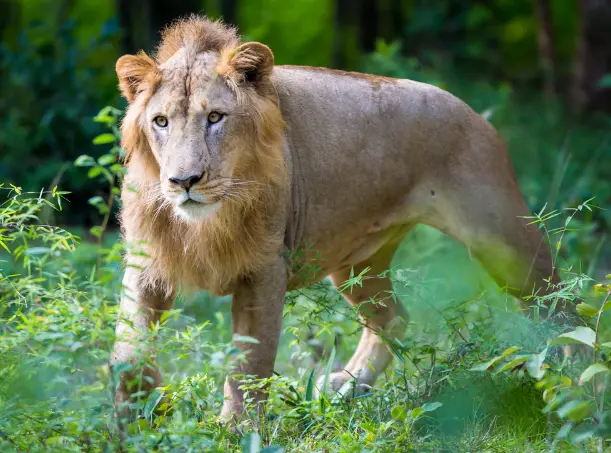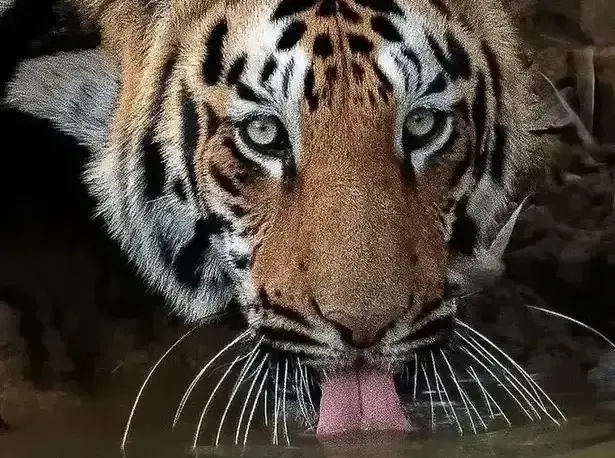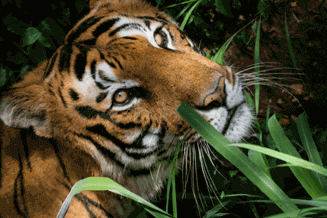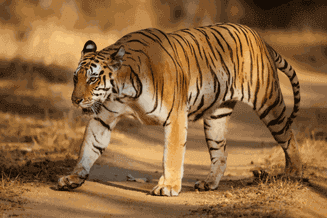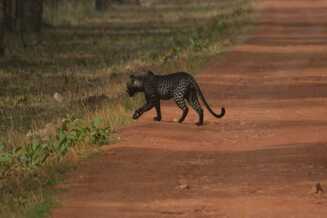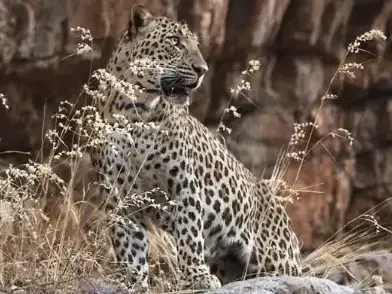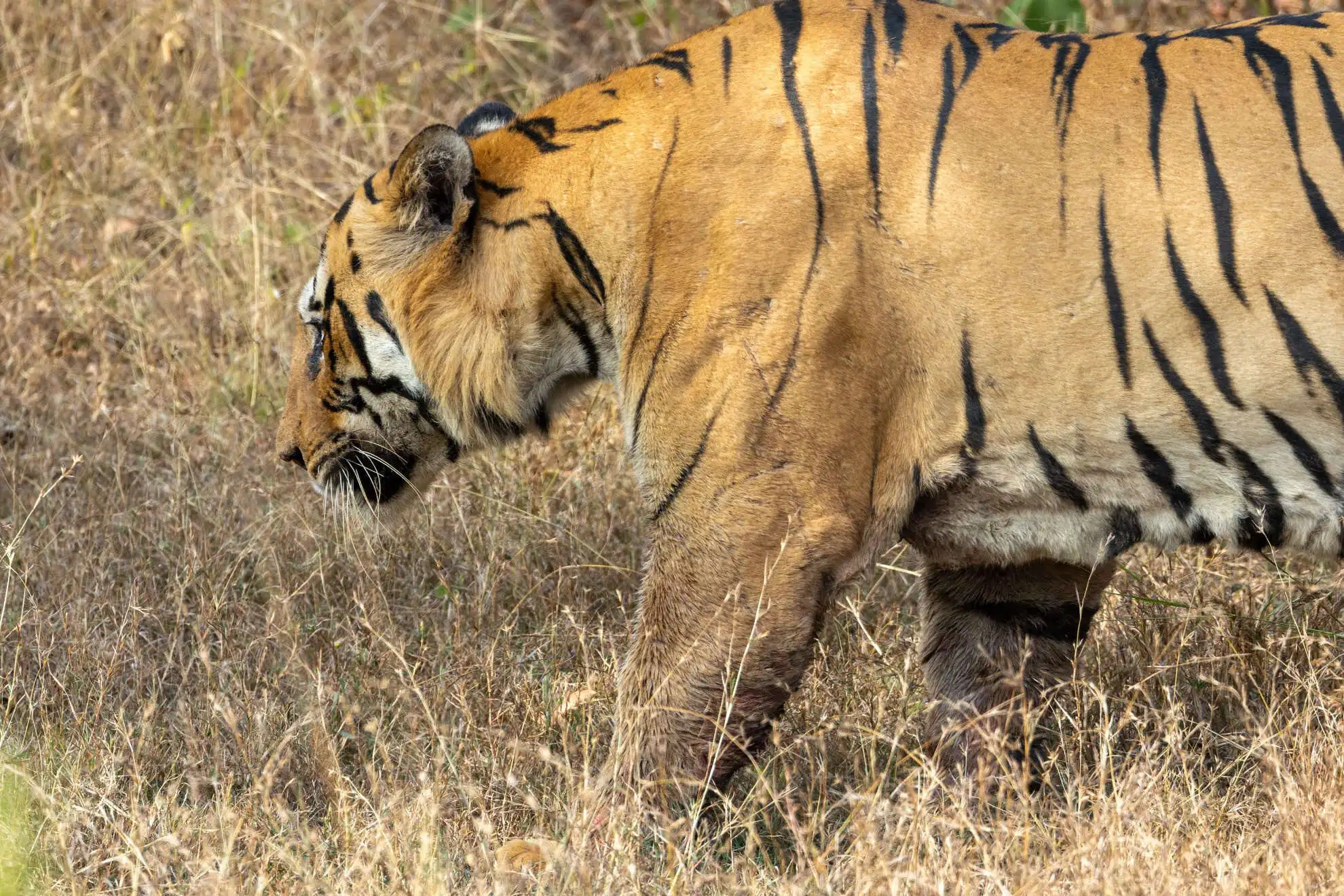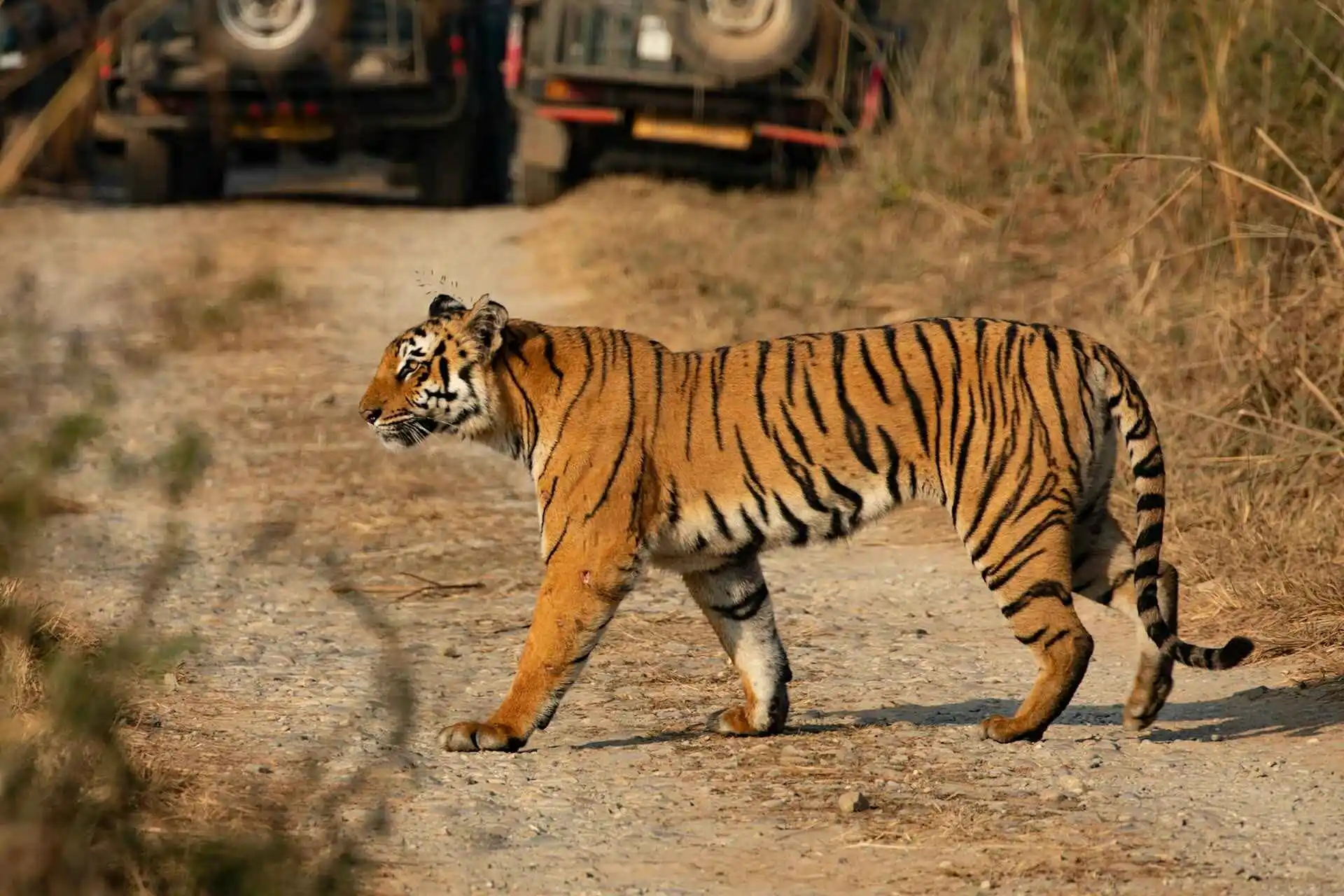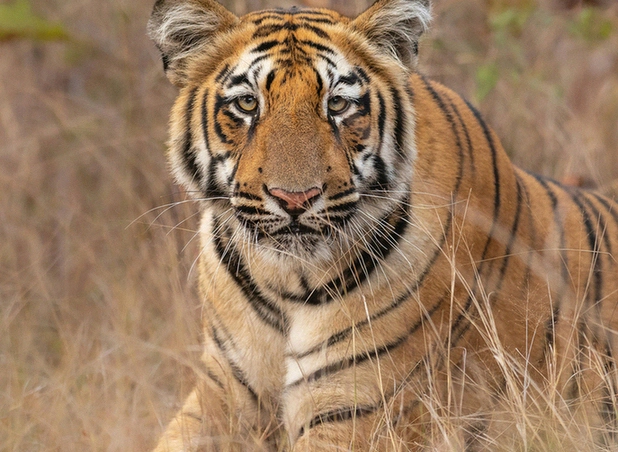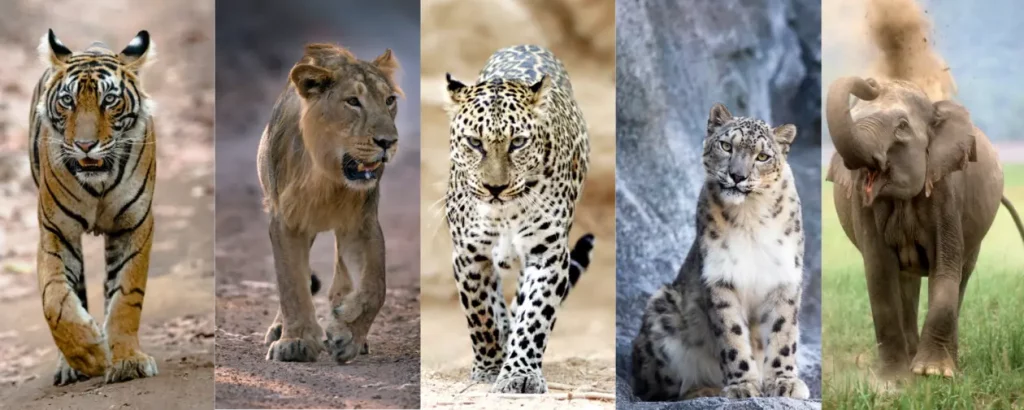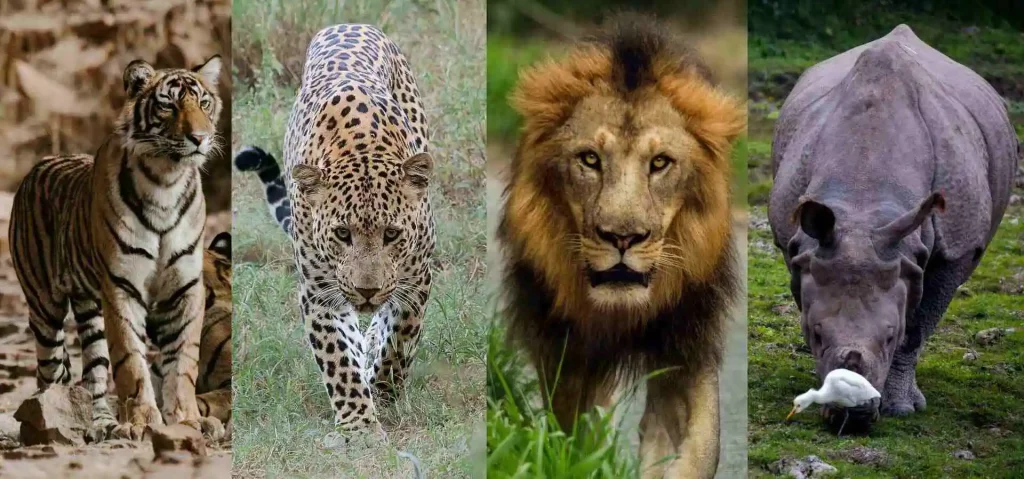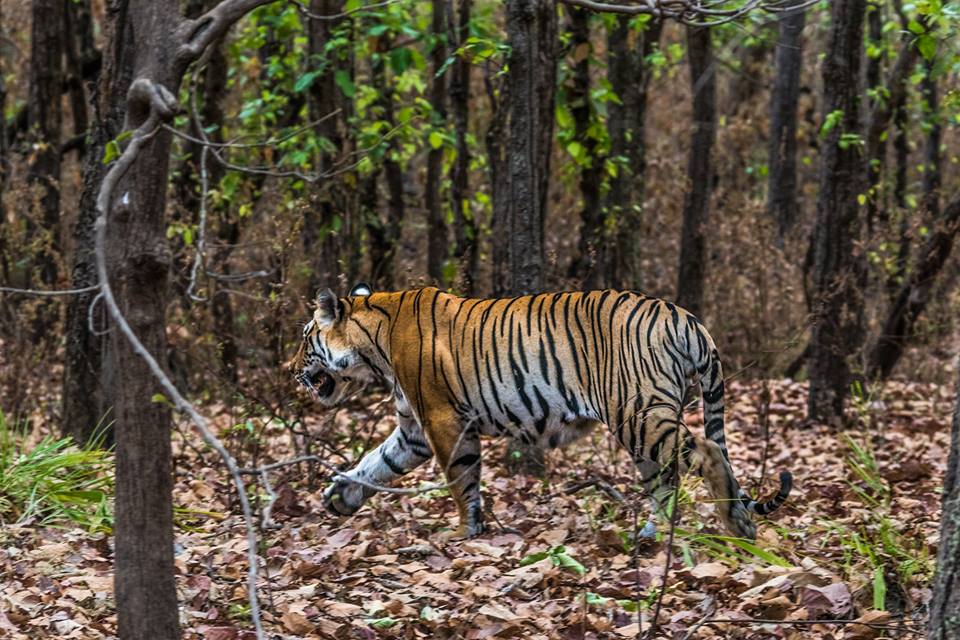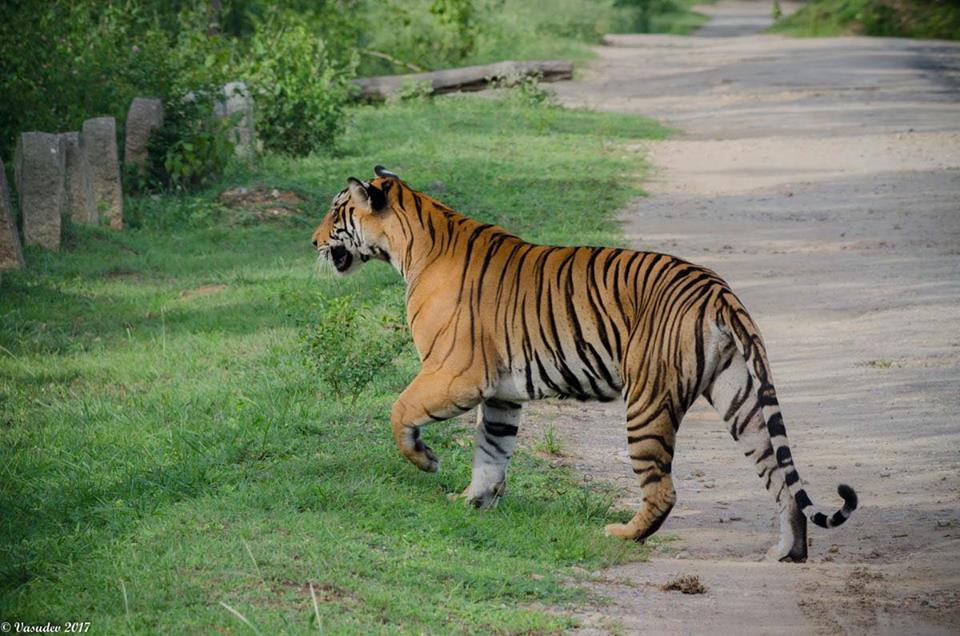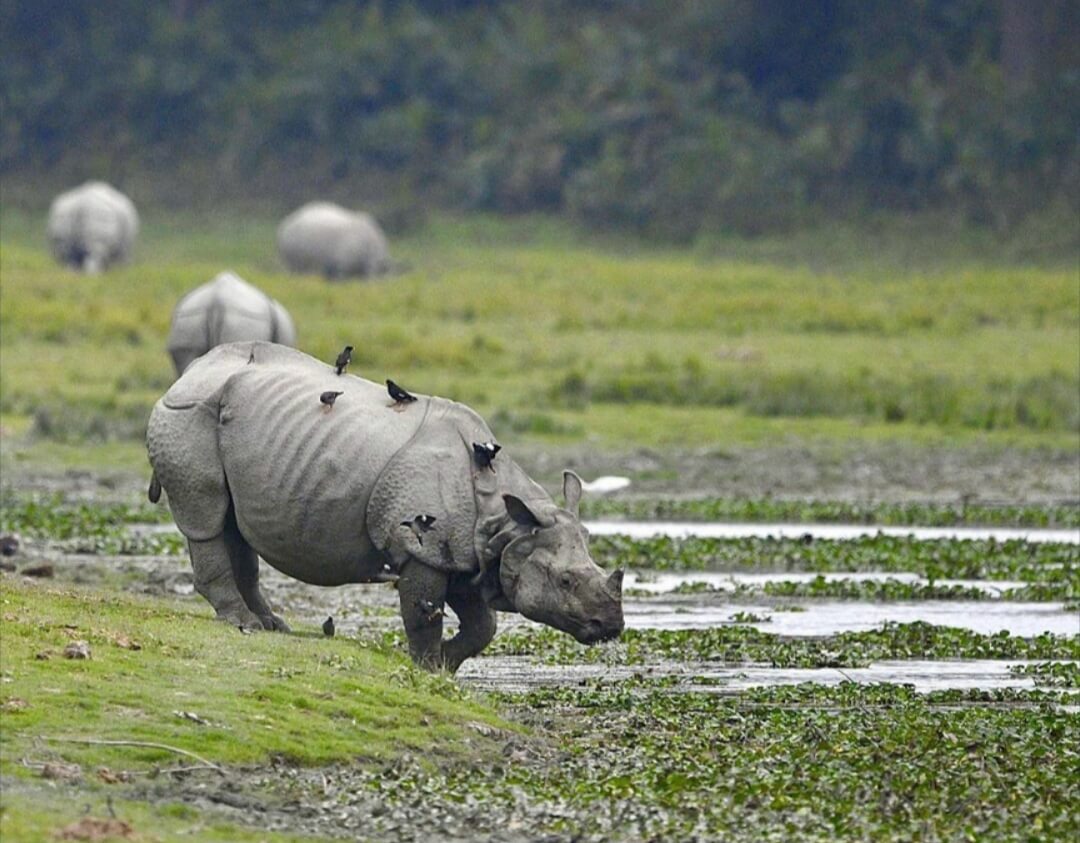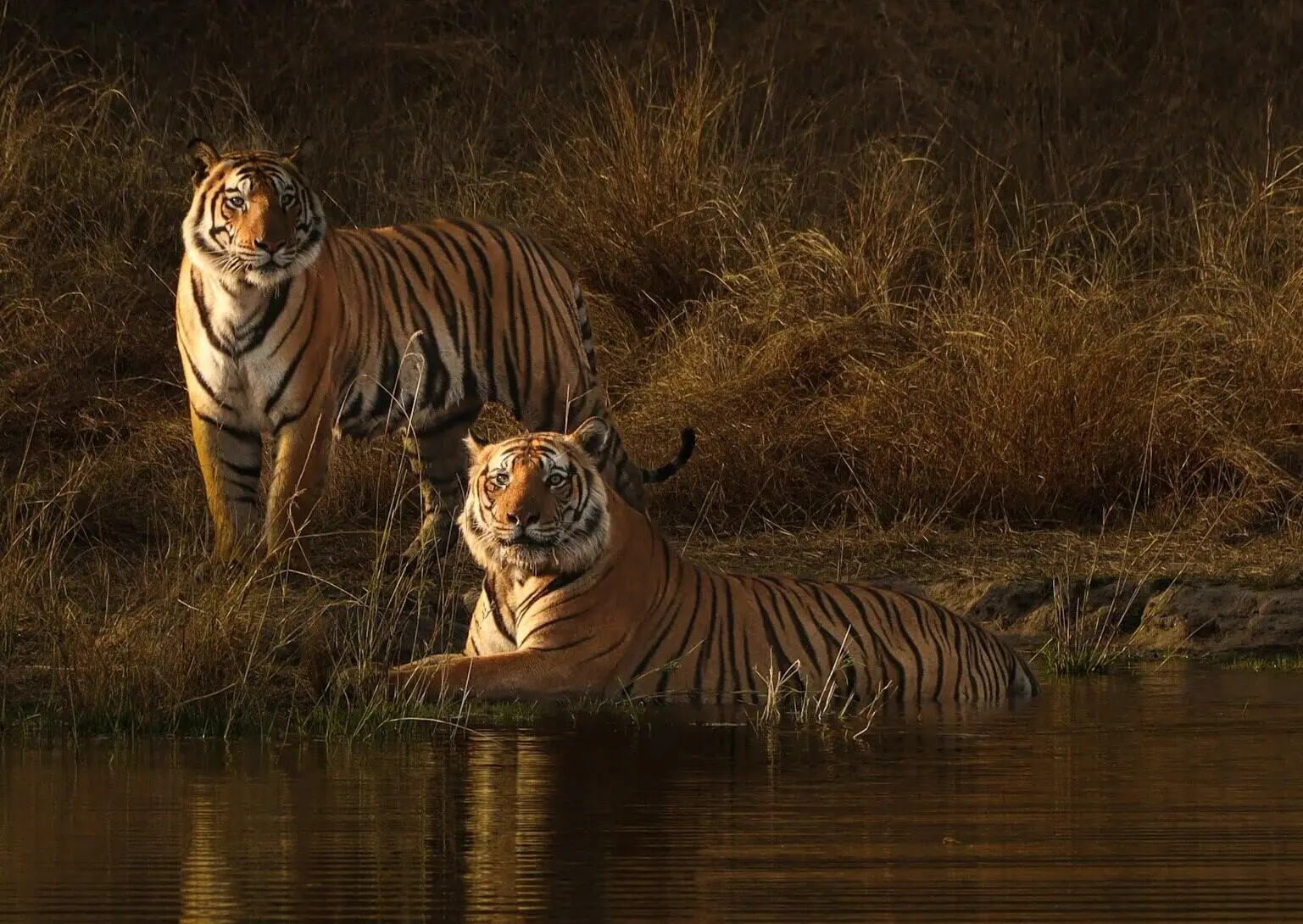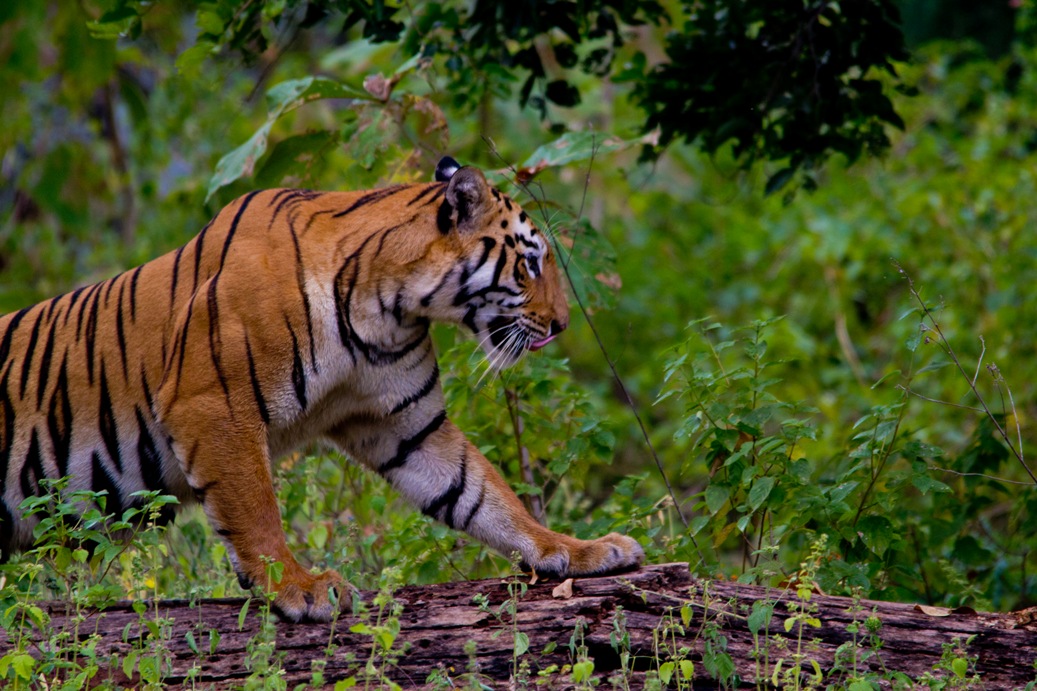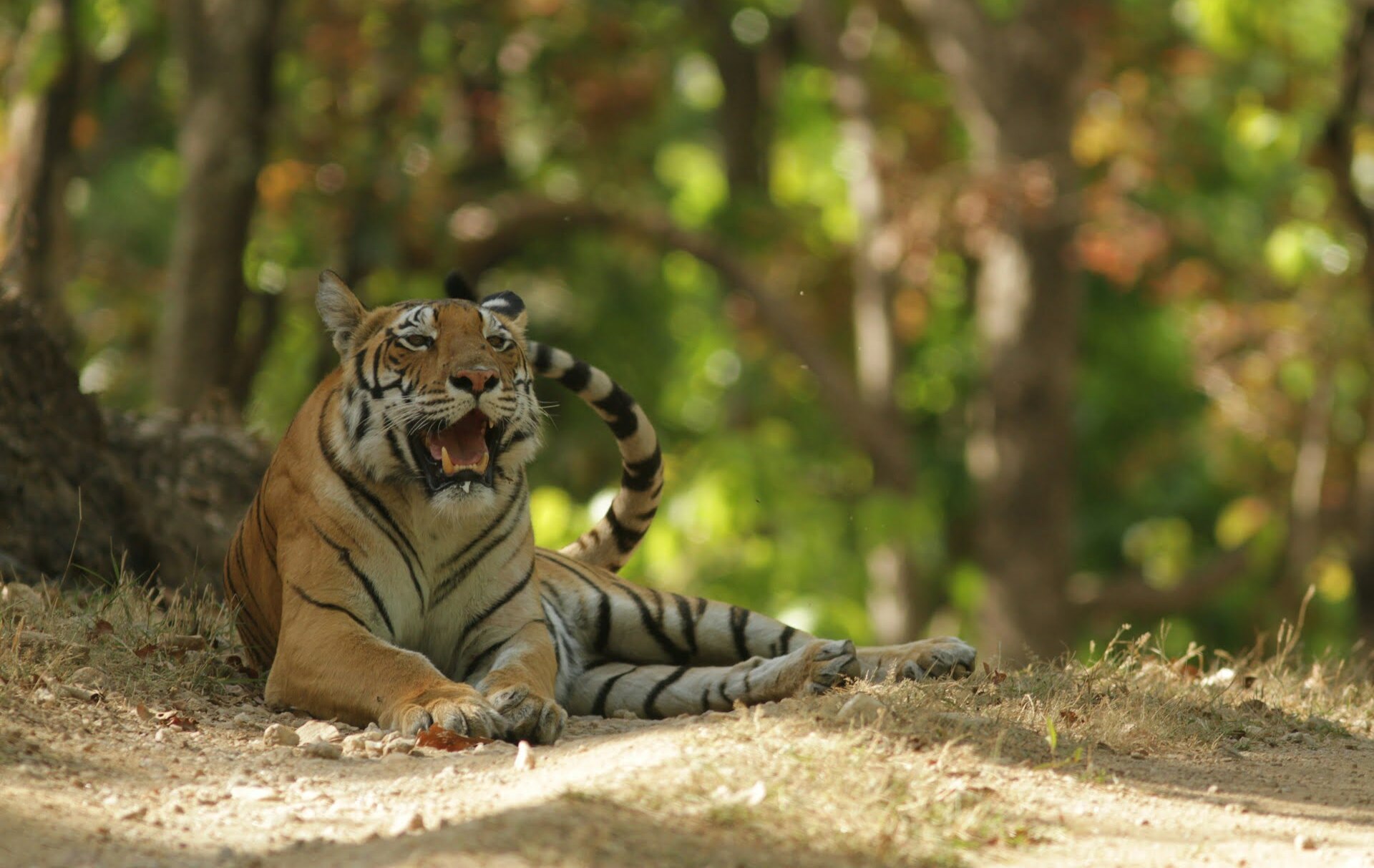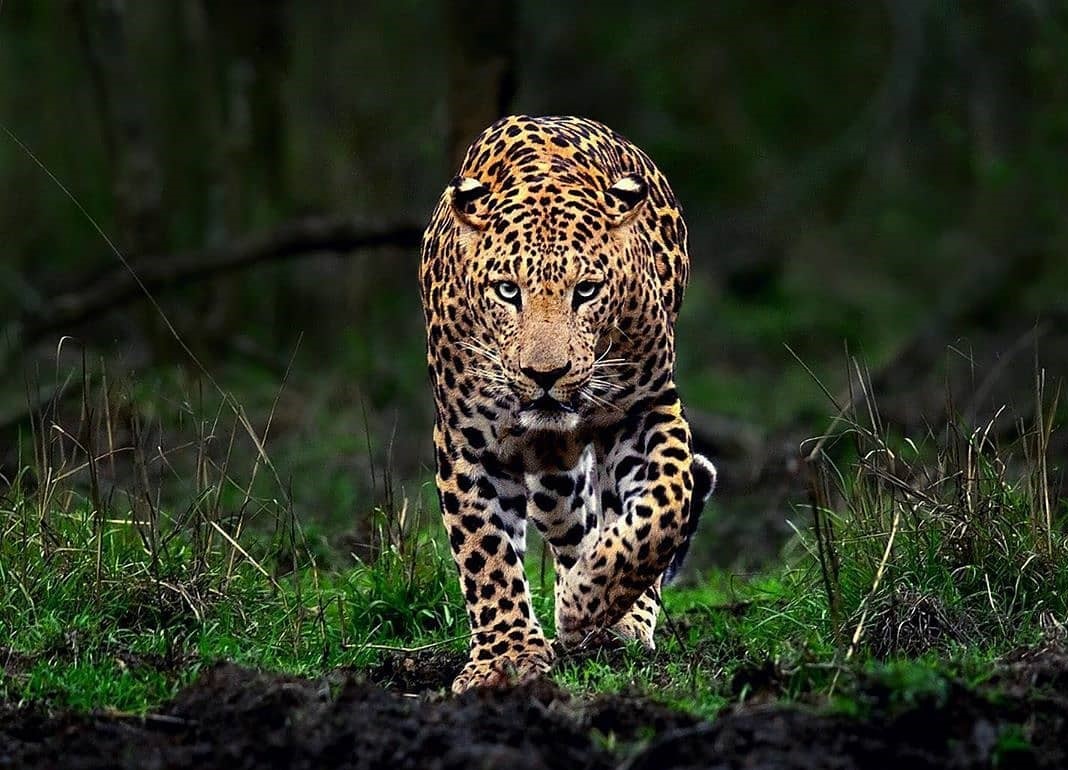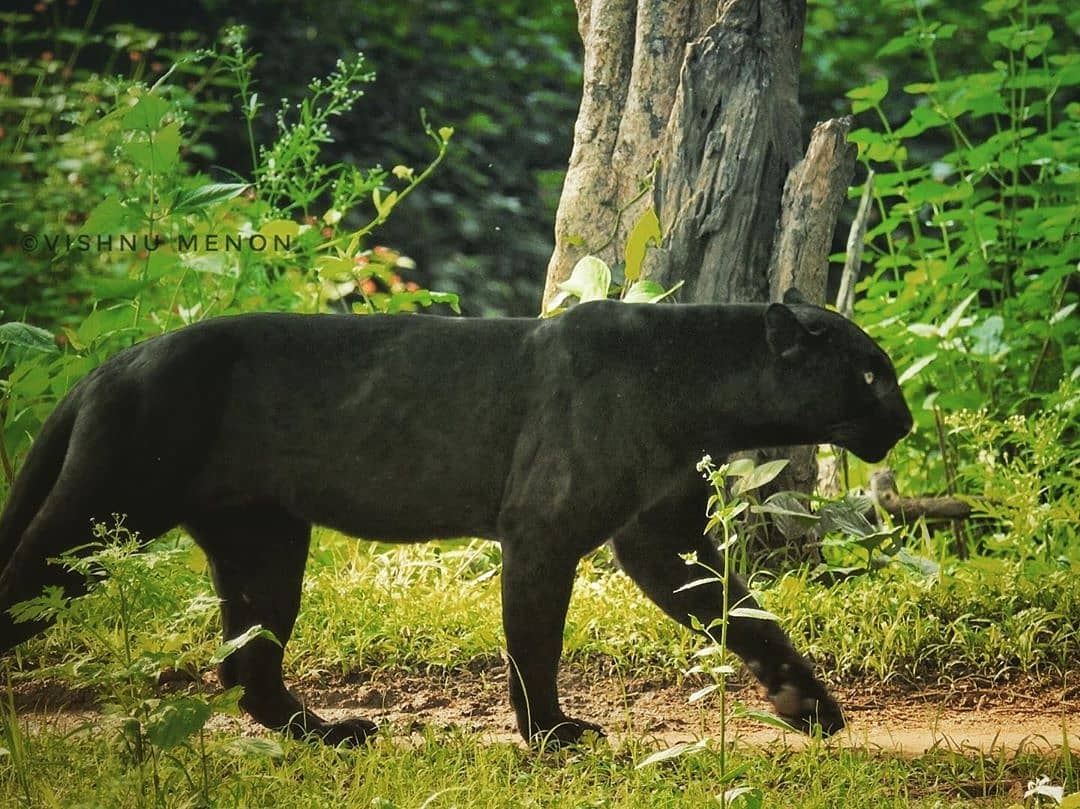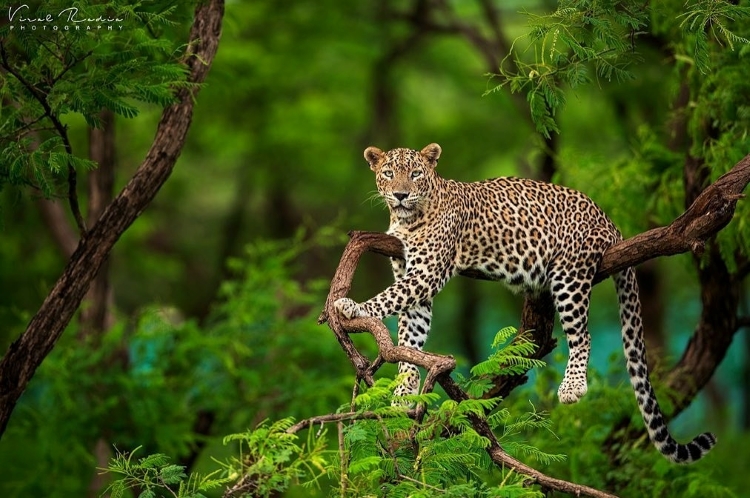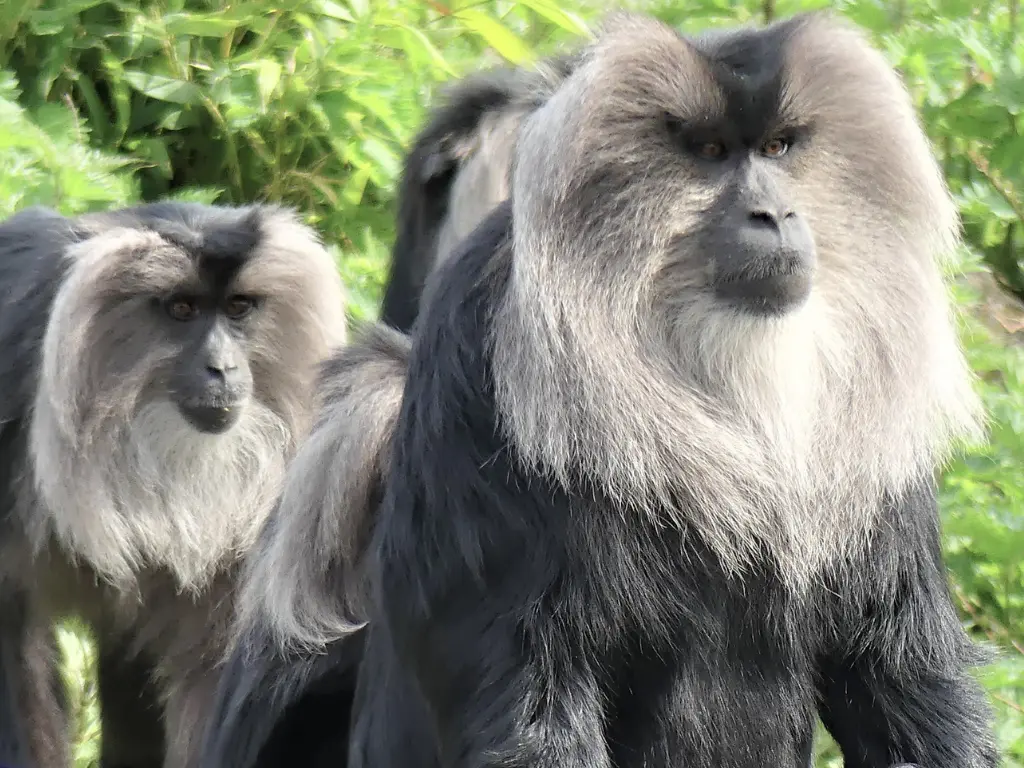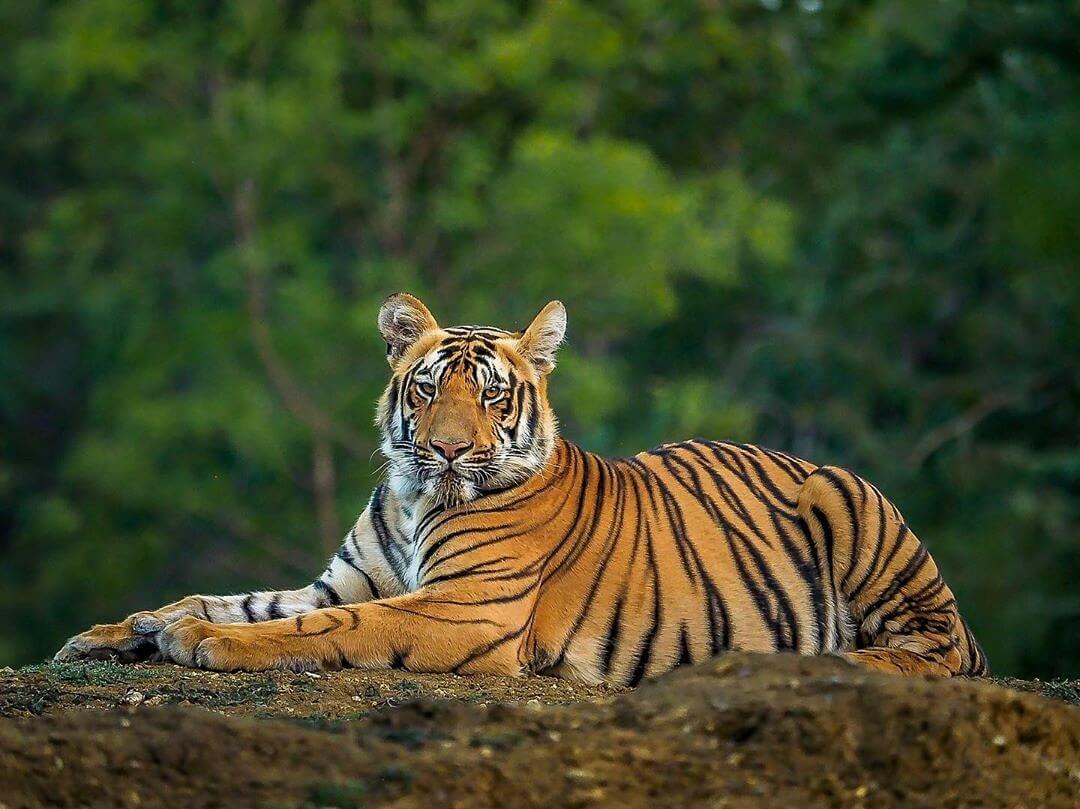Biodiversity refers to a variety of plants, animals, organisms, amphibians, coral reefs and another biological form of life or vegetation in a particular region or a specific part of the earth. There are 4 Biodiversity Hotspots in India, here is the complete details about Biodiversity Hotspots.
What is Biodiversity Hotspot?
A Hotspot in general language is an area/place/ region with high activity of a particular thing/species/ event. Therefore, A biodiversity hotspot in India is a region that is an active reservoir of endemic plants, animals, organisms, etc, whose vegetation is in danger or threatened and needs to be conserved for the betterment of the ecosystem and environment.
A region to get the status of a biodiversity hotspot has to have the following two criteria
- Endemism – At Least 1,500 species of its vascular plants must not be found anywhere else on the Earth. Such unique species of plants are known as endemic plants or native to that particular region or place. These plants are almost impossible to replace if lost completely.
- Habitat Loss – If around 70% of the native plantation of the region is lost, then it is deemed to be a Biodiversity Hotspot.
Biodiversity hotspots in the world
Norman Myers, a biologist, in the year 1988 has come up with the term Biodiversity Hotspot as a biological region with a threat to endemic plants and ‘loss of habitat’.
There are 36 Biodiversity hotspots in the world that covers around 2.4% of the earth’s surface which hosts more than 50% of world endemic plants and more than 40% of endemic species of birds, mammals, and amphibians.
The North American Coastal Plains is the latest addition to the list of Biodiversity Hotspot of the world to become the 36th Biodiversity Hotspot.
Why biodiversity hotspots are important?
Every minute organism and plant or a big mammal or tree plays an important role in the ecosystem. These biodiversity hotspots are the home to thousands of such endemic organisms, plants, and vegetation. Thus, have a huge impact on the ecosystem and biosphere. All these hotspots of the world are the life support system for the earth’s environment, ecosystem, and human beings.
These hotspots are helpful in many ways like protecting natural resources like pure water, soil, maintenance of the ecosystem, controlling pollution and recycling the nutrients of the ecosystem.
Biodiversity hotspots are also a good source of many of the medicinal resources, pharmaceutical drugs, and wood products. Hotspots are also a great place for research and education-related activities for the betterment of the human race.
Also, there are around 2 billion people who live in these 36 biodiversity hotspots of the world. They live and work here for their living. Most of these tribes are native to these hotspots. Many of these biodiversities have a higher density of human beings than that of the other part of the world, And their relation with these hotspots are far more strong than we think.
Biodiversity Hotspots in India
There are 4 biodiversity hotspots in India, They are
- Himalayas
- Indo-Burma
- Western Ghats
- Sundaland
Himalayas Biodiversity Hotspot
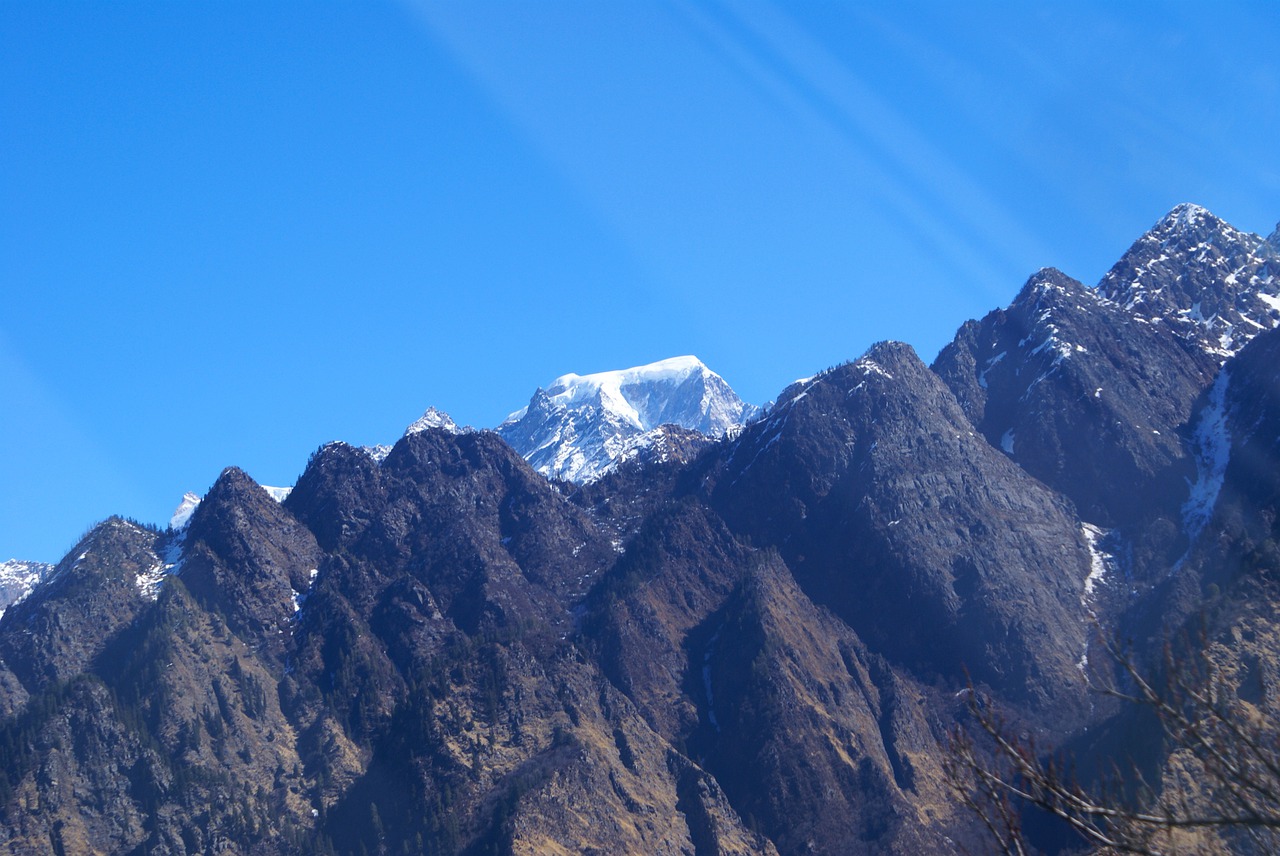
The Himalayas. Biodiversity Hotspots in India
The Himalaya is divided into two parts: The Eastern Himalaya and the Western Himalaya.
Eastern Himalaya
It covers part of Nepal, Bhutan, the northeast Indian states of West Bengal, Sikkim, Assam, and Arunachal Pradesh, southeast Tibet (Autonomous Region of China), and northern Myanmar.
Western Himalaya
It covers part of Kumaon-Garhwal, northwest Kashmir, and northern Pakistan.
In the Himalayas, there are around 3,160 endemic species of plants, 12 endemic species of mammals, 15 endemic species of birds, 48 endemic species of reptiles, 42 endemic species of amphibians, and 33 endemic species of freshwater fishes.
Some of the endemic plant species consist of Tetracentraceae, Hamamelidaceae, Circaesteraceae, Butomaceae, Stachyuraceae, Rhododendron, Primula, and Pedicularis.
There are around 750 species of Orchids found in Himalayas and Ermania himalayensis is a unique plant that was discovered on the slopes of Mt. Kamet in the northwestern Himalayas.
The Himalayas Biodiversity Hotspot is home to some of the most endangered species of wildlife in India.
Explore Himalayan Biodiversity Hotspot with our Snow Leopard Expedition Tour
Indo-Burma Biodiversity Hotspot
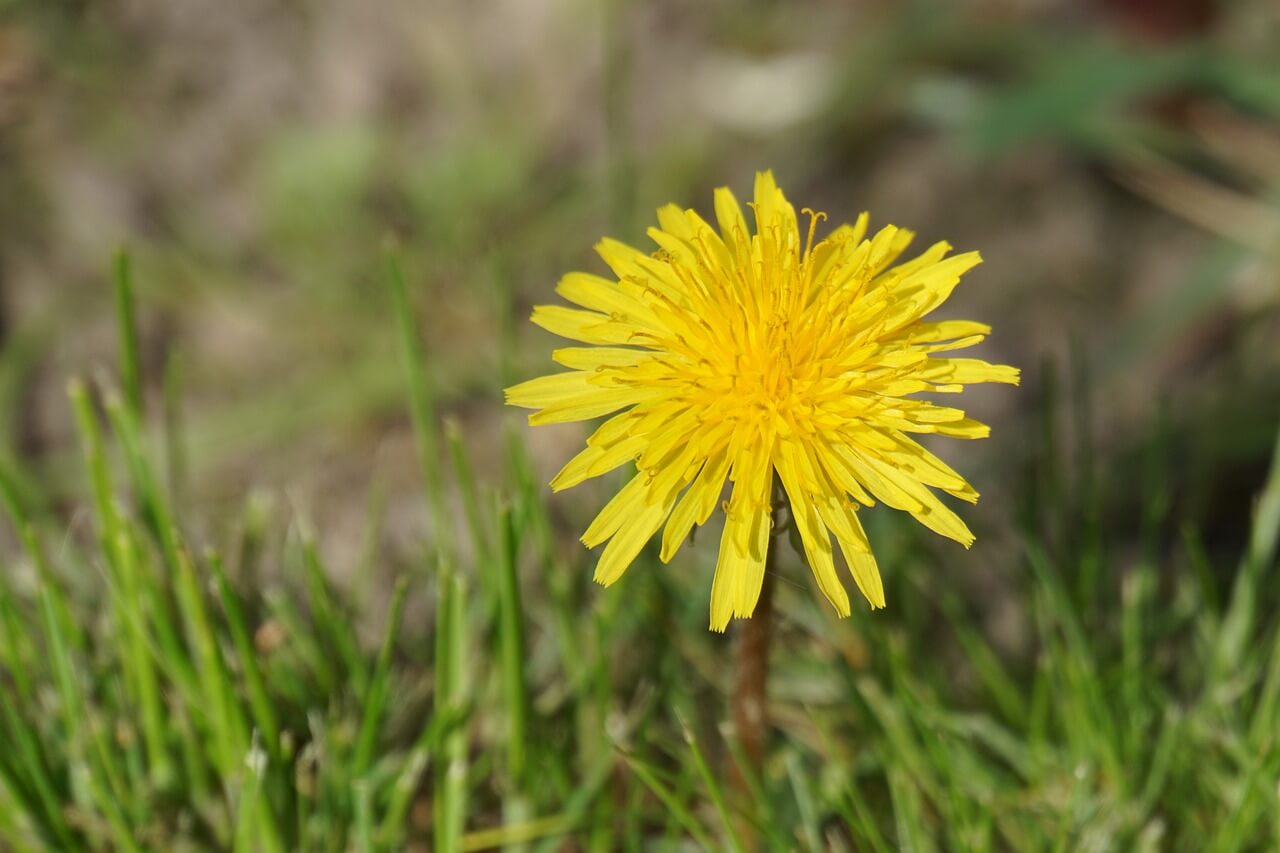
Indo-Burma Biodiversity Hotspot
It encompasses around 2,373,000 square kilometers of the Ganges-Brahmaputra lowlands.
In the Indo-Burma, there are around 7,000 endemic species of plants, 73 endemic species of mammals, 64 endemic species of birds, 204 endemic species of reptiles, 154 endemic species of amphibians, and 553 endemic species of freshwater fishes.
Since 1992, six large mammal species have been discovered and they are known as
- Antlered muntjac
- Annamite muntjac
- Grey-shanked douc
- Annamite striped rabbit
- leaf deer
- Saola
See the Indo-Burma Biodiversity Hotspot with Our Bandhavgarh, Kanha & Kaziranga Tour
Sundaland Biodiversity Hotspot

Sundaland biodiversity hotspot of India
It consists of the western half of the Indo-Malayan archipelago and has two largest islands in the world known as
- Borneo which is spread over 725,000 km² of land
- Sumatra which is spread over 427,300 km² of land
There are around 25,000 endemic species of plants, 172 species of animals, 142 species of birds, 243 species of reptiles, 196 species of amphibians, and 350 species of Freshwater Fishes.
Notable plants consist of a member of the genus Rafflesia in the Hotspot. Also, there are rare species of Southeast Asia Rhino species found in the hotspot.
Western Ghats Biodiversity Hotspot
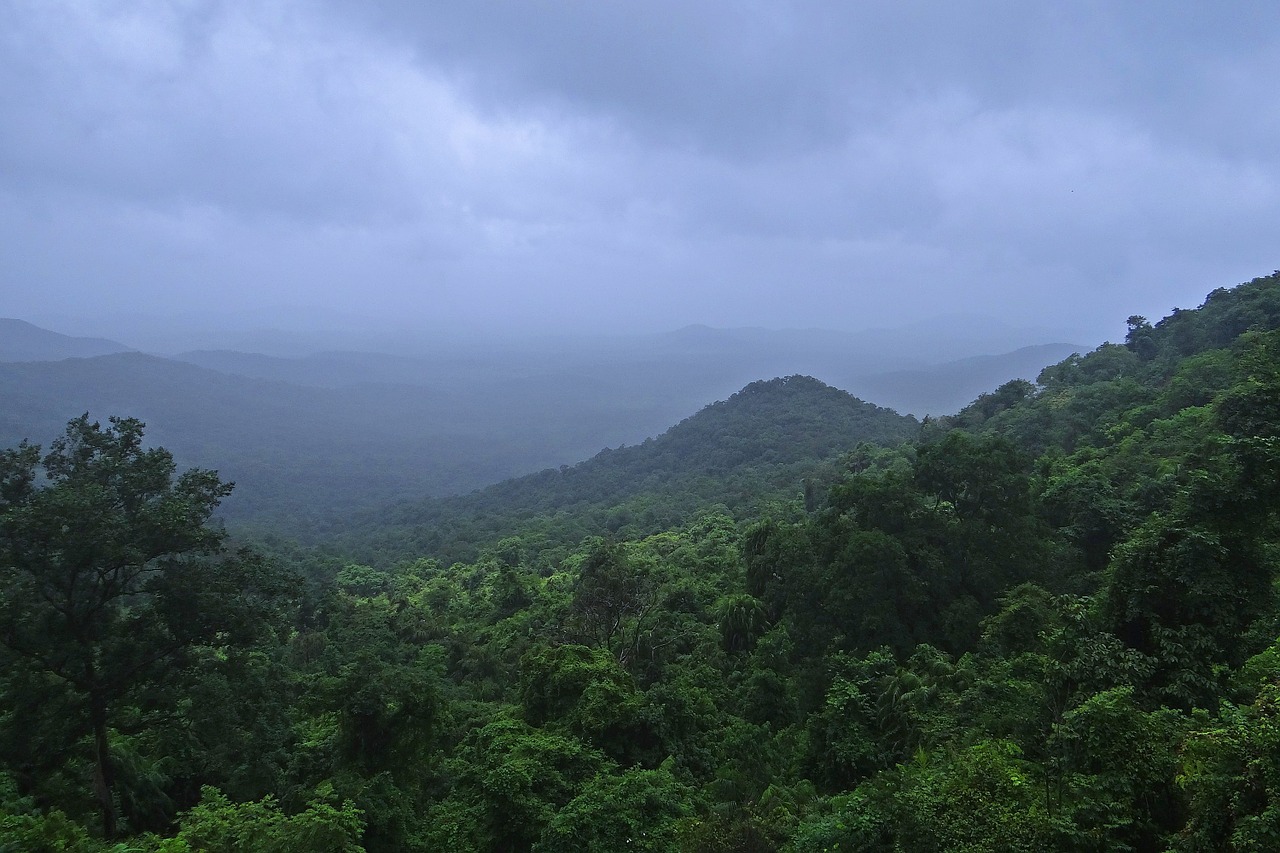
Western Ghats Biodiversity Hotspot in India
The Western Ghats are also known as the Sahyadri hills that are formed by the Malabar Plains and mountain ranges running parallel to India’s western coast, about 30 to 50 kilometers inland.
There are around 3,049 endemic species of plants, 18 endemic species of mammals, 35 endemic species of birds, 174 endemic species of reptiles, 130 endemic species of amphibians, and 139 endemic species of freshwater fishes. Western Ghats is the adobe to some of the most endangered species of flora and fauna in the world.
Due to rainfall, there are many types of vegetation present here like scrub forests, deciduous forests, tropical forests, montane forests, rolling grasslands, and plains.
Some prominent genera and families of flora consist of Impatiens, Dipterocarpus, Calamus, Podocarpus, wallichianus, etc.
The Agasthyamalai Hills have the highest levels of plant diversity and endemism.
Contact us to explore western ghats

